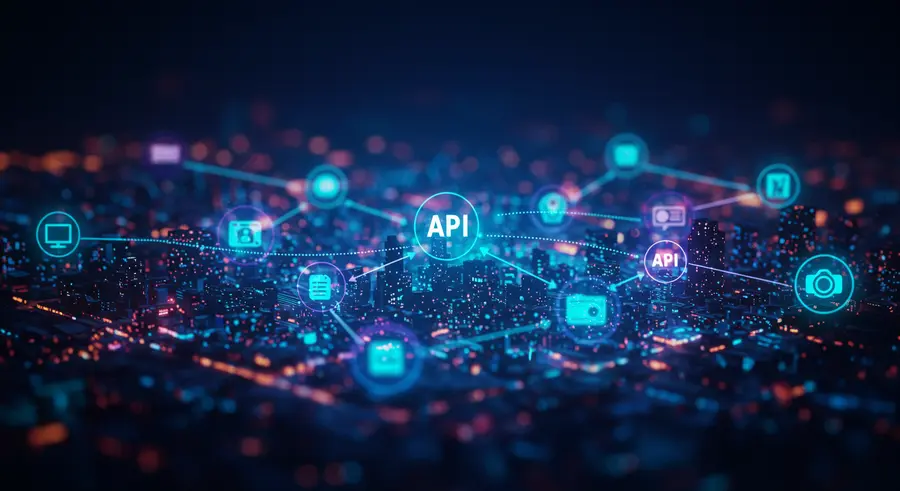Navigating the Evolving API Ecosystem
Explore the cutting-edge trends shaping the future of Application Programming Interfaces and digital integration.

The Dynamic Landscape of APIs
The world of Application Programming Interfaces (APIs) is in constant flux, driven by rapid technological advancements and evolving business needs. APIs are no longer just technical interfaces; they are strategic business assets, enabling new revenue streams, fostering innovation, and forming the backbone of digital transformation initiatives. Understanding the current and emerging trends within the API ecosystem is crucial for any organization aiming to stay competitive and agile in the digital age.
AI-Driven APIs: The Next Frontier
One of the most significant trends is the integration of Artificial Intelligence (AI) with APIs. AI-driven APIs are emerging in various forms, from APIs that provide access to sophisticated machine learning models (e.g., natural language processing, image recognition) to APIs that are themselves enhanced by AI for improved performance, security, and management. This synergy allows developers to embed powerful AI capabilities into their applications without needing deep AI expertise, accelerating the development of intelligent solutions. For instance, platforms like OpenAI's API have democratized access to advanced AI models, fostering an explosion of innovative applications across industries.
Event-Driven Architectures and Async APIs
While traditional RESTful APIs are excellent for request-response interactions, the rise of real-time applications and microservices has spurred the growth of event-driven architectures (EDA) and asynchronous APIs. Technologies like WebSockets, Apache Kafka, and GraphQL subscriptions enable applications to react instantly to events, facilitating highly responsive and scalable systems. AsyncAPI, an open-source initiative, is gaining traction as a standard for defining event-driven APIs, much like OpenAPI (Swagger) for REST. This shift allows for more dynamic and loosely coupled systems, essential for complex distributed environments. You can learn more about event-driven design principles at Confluent's Blog on EDA.
API-First Development: A Strategic Imperative
The concept of "API-first" development continues to gain momentum. This approach advocates for designing and building APIs before developing the consumer applications that will use them. By prioritizing the API, organizations ensure that their services are robust, reusable, well-documented, and easily consumable by internal and external developers. This strategy leads to faster development cycles, better collaboration, and a more cohesive digital product ecosystem. It's a fundamental shift from building an application and then exposing some functionality via an API to building the API as the primary product.
Enhanced API Security and Governance
As APIs proliferate and become critical business components, security remains a paramount concern. Trends include more sophisticated authentication and authorization mechanisms (like OAuth 2.0 and OpenID Connect), API gateways for centralized security enforcement, and advanced threat detection using AI/ML. Beyond security, API governance – establishing policies, standards, and processes for managing the entire API lifecycle – is becoming increasingly important to ensure consistency, compliance, and quality across an organization's API landscape. Companies like Postman offer tools that aid in API governance and lifecycle management.
The Proliferation of API Marketplaces and Portals
API marketplaces and developer portals are becoming central to the API economy. These platforms serve as discovery hubs, documentation repositories, and onboarding points for API consumers. A well-designed developer portal is crucial for the adoption and success of an API program, providing everything from interactive documentation to SDKs and community forums. The growth of these platforms signifies a maturing API ecosystem where ease of discovery and consumption are key drivers of value.
Conclusion: Building for the Future
The API ecosystem is vibrant and continually evolving. From the intelligent capabilities unlocked by AI-driven APIs to the responsiveness of event-driven architectures, and from the strategic advantages of API-first development to the critical importance of security and governance, these trends highlight the dynamic nature of digital integration. Organizations that embrace these shifts will be well-positioned to innovate, expand their reach, and create compelling digital experiences in the interconnected world of modern software.